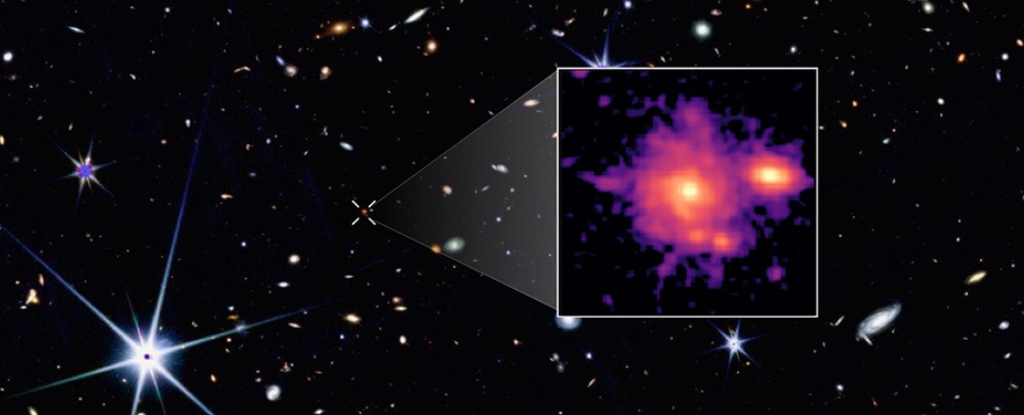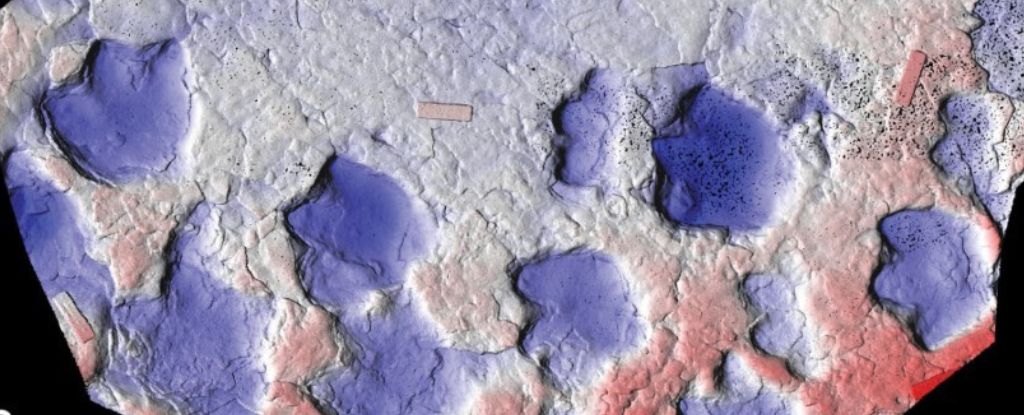There’s a slight chance that the enormous asteroid Apophis, known as the “God of Chaos,” could hit Earth when it makes its extremely close pass in 2029. Named after the Egyptian god of darkness, Apophis is approximately 1,100 feet (340 meters) wide—similar in size to the Eiffel Tower. While previous studies have ruled out a direct impact during its flyby, recent research suggests that a collision, although highly unlikely, can’t be completely dismissed just yet.
A Very Close Flyby
Apophis is expected to pass Earth on April 13, 2029, at a distance of about 20,000 miles (32,000 kilometres). That’s closer than some of our satellites orbiting the planet. Early observations triggered fears of a collision, but astronomers later confirmed it would miss us by a narrow margin. Despite this, Apophis’s proximity still raises concerns, particularly around the possibility of its trajectory being altered by an outside force, like another asteroid.
Can Apophis Be Knocked Off Course?
The idea that Apophis could be bumped onto a collision course with Earth stems from studies showing that asteroids can change direction if impacted by smaller objects. NASA’s DART mission, which successfully changed the course of the asteroid Dimorphos in 2022, demonstrated that this scenario is plausible. If Apophis were struck by a smaller asteroid in the next few years, its path might shift closer to Earth.
New Study Suggests a Small Risk
A recent study led by Paul Wiegert, an astronomer at Western University, analyzed the probability of such an event. According to Wiegert’s findings, the chance of an unknown asteroid hitting Apophis and pushing it toward Earth is less than one-in-a-billion. However, scientists won’t be able to completely rule out the possibility until they can observe Apophis again in 2027, once it comes back into view after moving too close to the sun.
Future Close Encounters with Apophis
Even if Apophis does alter course, it’s not guaranteed to bring it closer to Earth. The space rock has passed near our planet before and will continue to do so in the future, with significant flybys expected in 2051, 2066, and 2080. However, current models suggest no significant threat to Earth for at least the next 100 years.





